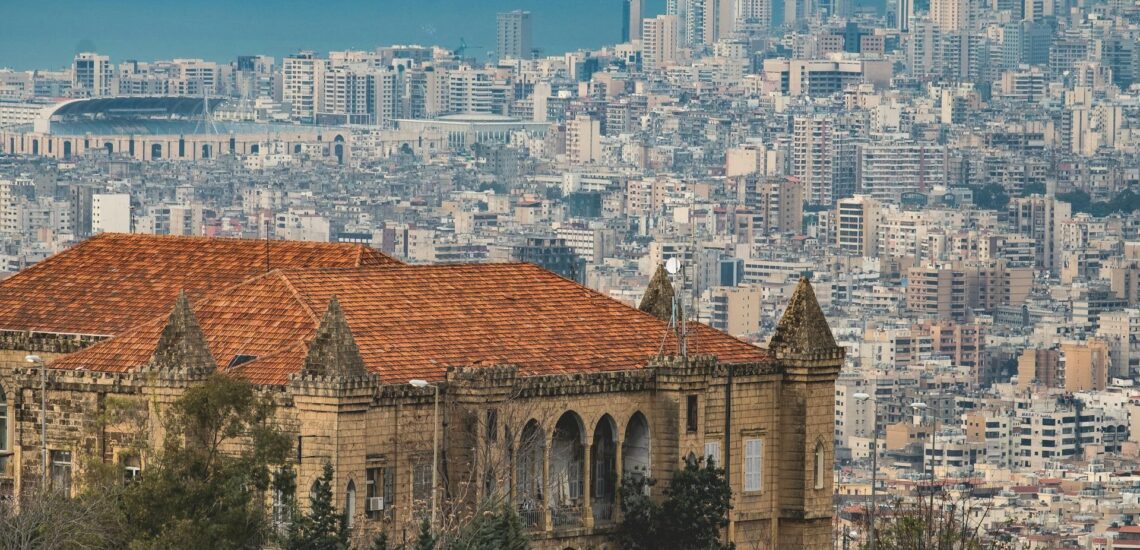Quelques informations sur le Liban :
- Population : Environ 6 millions d’habitants.
- Capitale : Beyrouth
- Plus grande ville : Beyrouth.
- Langue officielle : L’arabe.
- Autres langues : Le français et l’anglais sont largement parlés.
- Monnaie : Livre libanaise (LBP).
- Gouvernement : République parlementaire unitaire.
- Religion principale : L’islam et le christianisme sont les deux principales religions, avec un mélange varié de sectes au sein de chacune d’entre elles.
- Géographie : Situé au Moyen-Orient, le pays est bordé par la Syrie au nord et à l’est, et par Israël au sud. Il est bordé par la mer Méditerranée à l’ouest.
Fait 1 : Le Liban a une histoire riche et ancienne
Le Liban s’enorgueillit d’une histoire riche et ancienne qui s’étend sur des milliers d’années, ce qui en fait un centre culturel et historique important au Moyen-Orient. Situé au carrefour du bassin méditerranéen et du Moyen-Orient, l’emplacement stratégique du Liban a attiré de nombreuses civilisations et cultures tout au long de l’histoire, chacune laissant son empreinte sur la région.
Les principaux aspects de la riche histoire du Liban sont les suivants :
- Civilisation phénicienne : Le Liban est souvent considéré comme le berceau de l’ancienne civilisation phénicienne, qui a prospéré le long de la côte libanaise entre 3000 et 64 avant notre ère. Les Phéniciens étaient connus pour leurs prouesses maritimes, leurs réseaux commerciaux et le développement du premier alphabet connu.
- Période romaine et byzantine : Le Liban a fait partie de l’Empire romain, puis de l’Empire byzantin, période durant laquelle il a prospéré en tant que centre de commerce, de culture et d’apprentissage. Des villes comme Baalbek, Tyr et Byblos sont devenues importantes sous la domination romaine, avec des temples, des théâtres et des infrastructures impressionnants encore visibles aujourd’hui.
- Période islamique : L’histoire du Liban comprend également les conquêtes islamiques et les périodes ultérieures de domination par diverses dynasties islamiques, qui ont contribué à l’héritage culturel et architectural de la région. Les villes de Tripoli, Sidon et Beyrouth ont pris de l’importance en tant que centres de commerce et d’érudition.
- La domination ottomane : Le Liban est passé sous domination ottomane du XVIe siècle au début du XXe siècle. Cette période a vu l’intégration du Liban dans l’Empire ottoman et l’influence de la culture turque sur les traditions locales et la gouvernance.
- L’histoire moderne : Au cours du XXe siècle, le Liban a connu d’importantes transformations politiques et sociales, notamment la domination coloniale française (période du mandat), l’indépendance en 1943 et les périodes d’instabilité qui ont suivi, notamment la guerre civile libanaise (1975-1990) et les défis géopolitiques actuels.
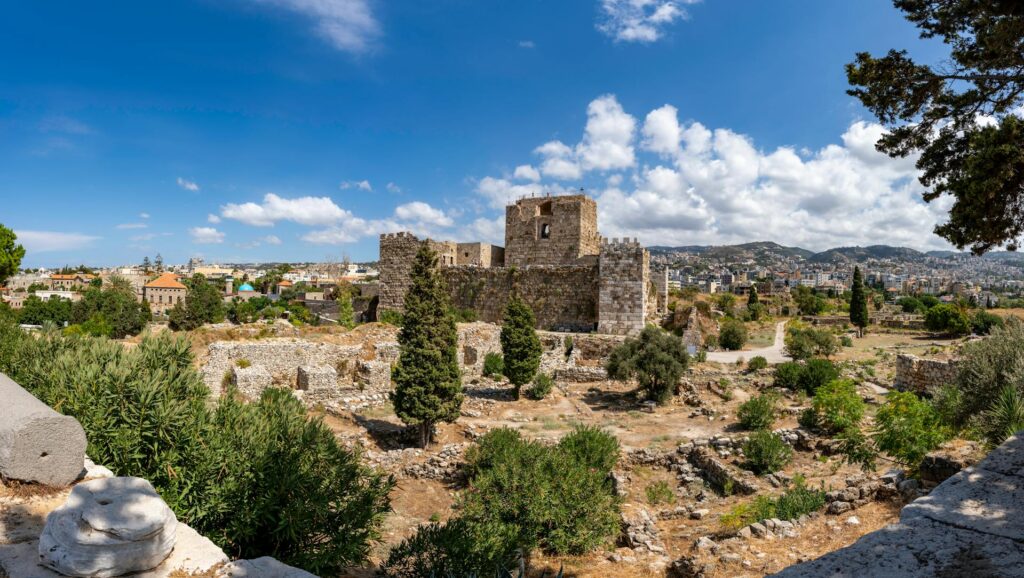
Fait 2 : De nombreux Libanais connaissent le français
De nombreux Libanais maîtrisent le français, en grande partie en raison des liens historiques entre le Liban et la France pendant la période du mandat français qui a suivi l’effondrement de l’Empire ottoman après la Première Guerre mondiale. De 1920 à 1943, le Liban a été sous mandat français, période pendant laquelle le français était largement utilisé dans l’administration, l’éducation et le commerce.
Le français est devenu une deuxième langue au Liban, à côté de l’arabe, et a été enseigné dans les écoles et les universités du pays. Cet héritage a perduré au fil des décennies, même après l’indépendance du Liban en 1943. Le français est resté une langue importante dans les relations diplomatiques, les transactions commerciales et les échanges culturels.
Fait 3 : L’ancienne ville de Baalbek, site de l’UNESCO
L’ancienne ville de Baalbek est un site du patrimoine mondial de l’UNESCO situé au Liban. Elle est réputée pour ses temples romains monumentaux, en particulier le temple de Bacchus et le temple de Jupiter. Ces temples comptent parmi les édifices religieux romains les plus grands et les mieux conservés au monde. Ils présentent une architecture impressionnante et des sculptures de pierre complexes.
Baalbek, connue dans l’Antiquité sous le nom d’Héliopolis, était un centre religieux dédié au dieu soleil phénicien Baal. Elle est ensuite devenue une importante colonie romaine et a prospéré sous la domination romaine, la construction ayant commencé au 1er siècle avant notre ère et s’étant poursuivie jusqu’au 3ème siècle de notre ère.
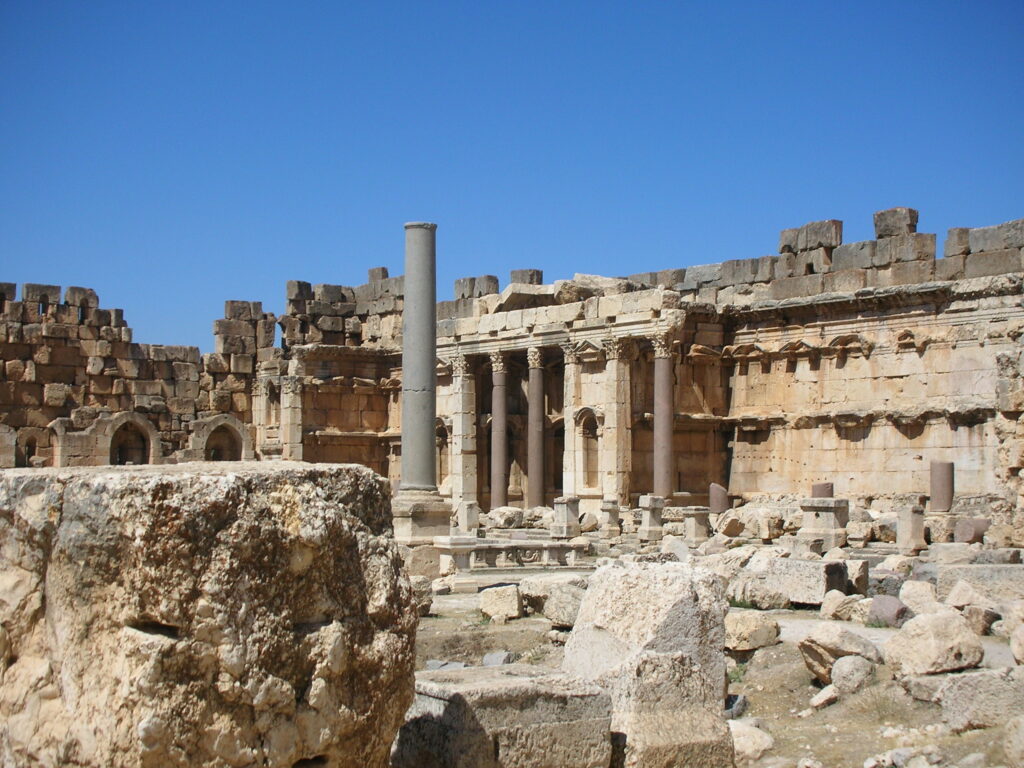
Note : Si vous prévoyez de visiter le pays et de voyager de manière indépendante, vérifiez si vous avez besoin d’un permis de conduire international au Liban.
Fait 4 : Des sites néolithiques ont été découverts sur le territoire libanais
Le Liban abrite plusieurs sites néolithiques qui fournissent des informations précieuses sur les débuts de l’histoire humaine et le développement de la civilisation dans la région. Ces établissements, qui remontent à des milliers d’années, soulignent l’importance du Liban en tant que carrefour de cultures anciennes et de routes commerciales au Proche-Orient.
Parmi les sites néolithiques notables découverts sur le territoire libanais, on peut citer
- Byblos (Jbeil) : Byblos est l’une des plus anciennes villes du monde habitées de façon continue. On y trouve des vestiges d’établissements néolithiques datant d’environ 7 000 à 6 000 ans avant notre ère. Les fouilles archéologiques ont révélé des vestiges néolithiques, notamment des outils en pierre, des poteries et des preuves des débuts de l’agriculture et de la domestication des animaux.
- Tell Neba’a Faour : Situé dans la vallée de la Bekaa, Tell Neba’a Faour est un site archéologique qui remonte aux périodes néolithique et chalcolithique (6000-4000 avant notre ère). Les fouilles sur le site ont permis de découvrir des maisons néolithiques, des foyers et des objets témoignant des premières pratiques agricoles et des réseaux commerciaux.
- Tell el-Kerkh : Situé près de Sidon (Saïda), Tell el-Kerkh est un ancien tell (monticule) qui a révélé des vestiges du Néolithique et de l’âge du bronze. Il fournit des preuves des premiers modes de peuplement, des pratiques funéraires et des progrès technologiques au cours de la période néolithique dans le sud du Liban.
- Tell el-Burak : Situé près de Tyr (Sour), Tell el-Burak est un autre site archéologique important avec des couches du Néolithique et de la fin de l’âge du bronze. Les fouilles ont mis au jour des objets tels que des poteries, des outils et des vestiges architecturaux, mettant en lumière les modes de vie anciens et les interactions culturelles dans la région côtière du Liban.
Fait 5 : La production de vin au Liban est pratiquée depuis des temps très anciens
La production de vin au Liban s’étend sur des millénaires, profondément enracinée dans son histoire ancienne qui remonte à la civilisation phénicienne. Les Phéniciens, réputés pour leur commerce maritime et leur influence culturelle, cultivaient des vignobles le long des régions côtières du Liban et ont mis au point des techniques avancées de culture du raisin et de vinification. Cette expertise précoce a permis au vin libanais d’être exporté dans toute la Méditerranée, faisant du Liban l’une des premières régions productrices de vin au monde.
Tout au long de l’histoire, de la période romaine à l’ère médiévale et à l’époque moderne, l’industrie viticole libanaise a connu des périodes de prospérité et de déclin, influencées par les changements géopolitiques et les mutations économiques. L’occupation romaine a encore amélioré les pratiques viticoles du Liban, en introduisant de nouveaux cépages et en affinant les méthodes de vinification qui ont continué à façonner les traditions viticoles de la région.
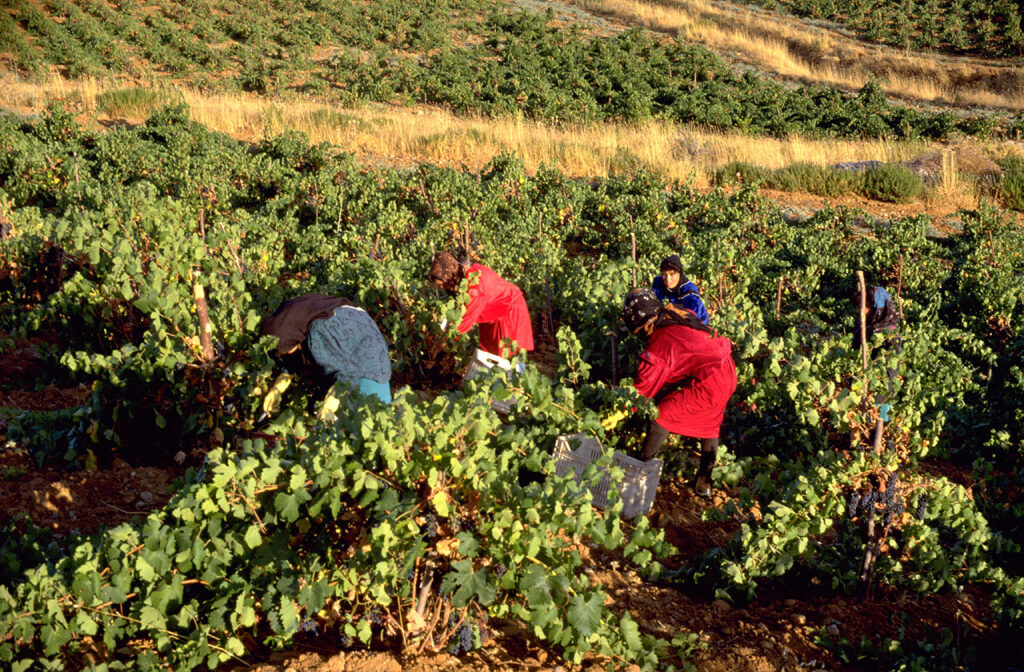
Fait 6 : Les Libanais adorent les fêtes
Les Libanais apprécient profondément les fêtes, qui jouent un rôle important dans leur vie culturelle et sociale. Les fêtes au Liban sont diverses et reflètent la diversité religieuse et culturelle du pays, les célébrations mêlant souvent les traditions de diverses communautés religieuses et ethniques.
Lors des grandes fêtes religieuses telles que l’Aïd al-Fitr et l’Aïd al-Adha pour les musulmans, et Noël et Pâques pour les chrétiens, les familles libanaises se réunissent pour célébrer les fêtes, les rassemblements et les observances religieuses. Ces fêtes sont marquées par un esprit de communauté et de générosité, les gens rendant souvent visite à leurs amis et à leur famille pour échanger des salutations et partager des repas traditionnels.
Les fêtes laïques telles que la fête de l’indépendance du Liban, le 22 novembre, et la fête du travail, le 1er mai, sont également célébrées avec fierté nationale et à l’occasion d’événements commémoratifs. Ces occasions comprennent souvent des défilés, des feux d’artifice et des spectacles culturels qui mettent en valeur l’histoire et les réalisations du Liban.
Fait 7 : Le drapeau du Liban est orné d’un cèdre
Le cèdre est un symbole durable de l’identité nationale libanaise depuis des siècles. Il représente la résistance, la longévité et la beauté naturelle des montagnes libanaises. Le drapeau se compose de trois bandes horizontales : une large bande rouge en haut et en bas, et une bande blanche plus étroite au milieu. Au centre de la bande blanche se trouve un cèdre vert (Cedrus libani), entouré d’une couronne verte.
Le cèdre revêt une importance historique et culturelle considérable au Liban. Il est mentionné dans les textes anciens et les écritures, y compris la Bible, comme un symbole de force et de prospérité. Les Phéniciens, une ancienne civilisation maritime dont le Liban tire son nom, vénéraient également le cèdre pour son bois, très prisé pour la construction navale et le bâtiment.
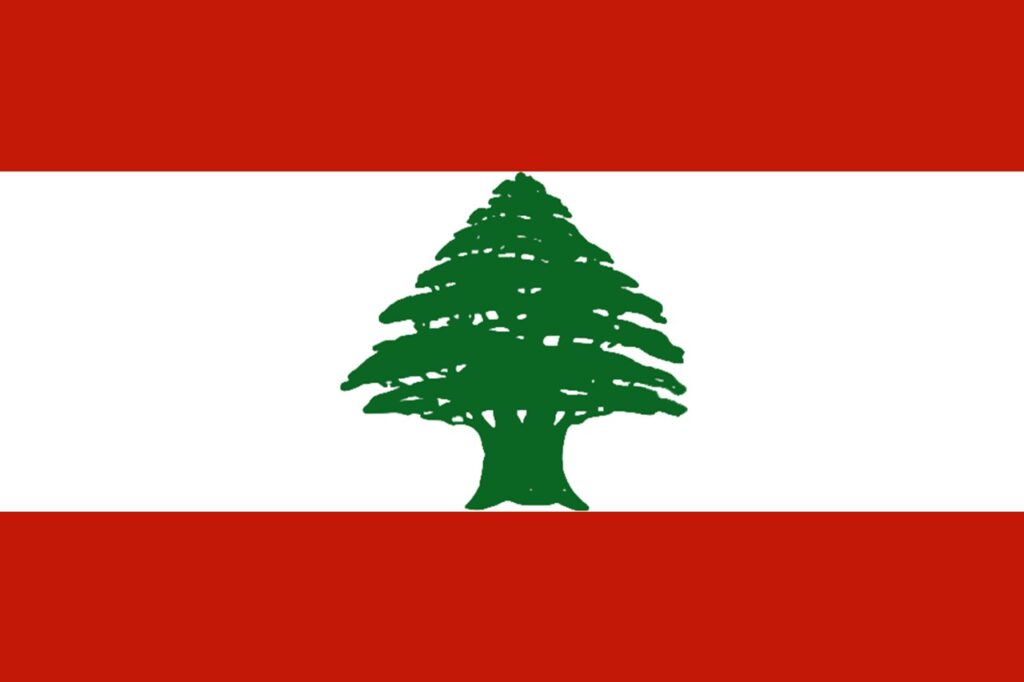
Fait 8 : Le Liban est mentionné des dizaines de fois dans la Bible
Le Liban est mentionné à de nombreuses reprises dans la Bible, tant dans l’Ancien Testament (Bible hébraïque) que dans le Nouveau Testament. Ces références soulignent l’importance géographique du Liban, ses ressources naturelles et ses interactions culturelles avec les anciens Israélites et les civilisations voisines.
Dans l’Ancien Testament :
- Les cèdres du Liban : Le Liban est fréquemment mentionné pour ses cèdres, très appréciés pour leur qualité et utilisés dans la construction de temples religieux, de palais et de navires. Le roi Salomon, connu pour sa sagesse, aurait importé du bois de cèdre du Liban pour des projets de construction, notamment le premier temple de Jérusalem (1 Rois 5:6-10).
- Références géographiques : Le Liban est souvent cité comme une frontière géographique ou un point de repère dans divers récits historiques et passages poétiques. Par exemple, le Liban est mentionné en relation avec le Mont Hermon (Deutéronome 3:8-9) et comme symbole de fertilité et de beauté (Cantique des Cantiques 4:8).
- Contexte historique : Les interactions entre les anciens Israélites et les peuples voisins, notamment les Phéniciens et les Cananéens qui habitaient le Liban, sont décrites dans les récits historiques et les écrits prophétiques.
Dans le Nouveau Testament :
- Références géographiques : Le Liban est mentionné dans le contexte du ministère et des voyages de Jésus-Christ, ce qui indique que la région était consciente de l’existence du Liban à l’époque romaine.
- Références symboliques : L’imagerie de la beauté naturelle et de l’importance culturelle du Liban continue d’être utilisée métaphoriquement dans le Nouveau Testament pour transmettre des leçons spirituelles et des visions prophétiques.
Fait 9 : La majorité de la population libanaise est composée d’Arabes pratiquant l’islam sous diverses formes.
Bien que le pays soit majoritairement d’origine arabe, il est important de noter que la population libanaise est composée de plusieurs communautés religieuses, chacune contribuant au riche tissu social du pays.
L’islam est l’une des principales religions pratiquées au Liban, les musulmans représentant environ 54 % de la population selon des estimations récentes. Au sein de la communauté musulmane, il existe différentes sectes et persuasions, dont l’islam sunnite, l’islam chiite (y compris les Twelvers et les Ismaéliens), et de plus petites communautés d’Alaouites et de Druzes.
Les musulmans sunnites sont les plus nombreux au Liban, suivis par les musulmans chiites. La population chiite comprend les adeptes de l’islam chiite twelver, qui est la plus grande confession chiite au monde, et des communautés plus petites telles que les ismaéliens et les alaouites.
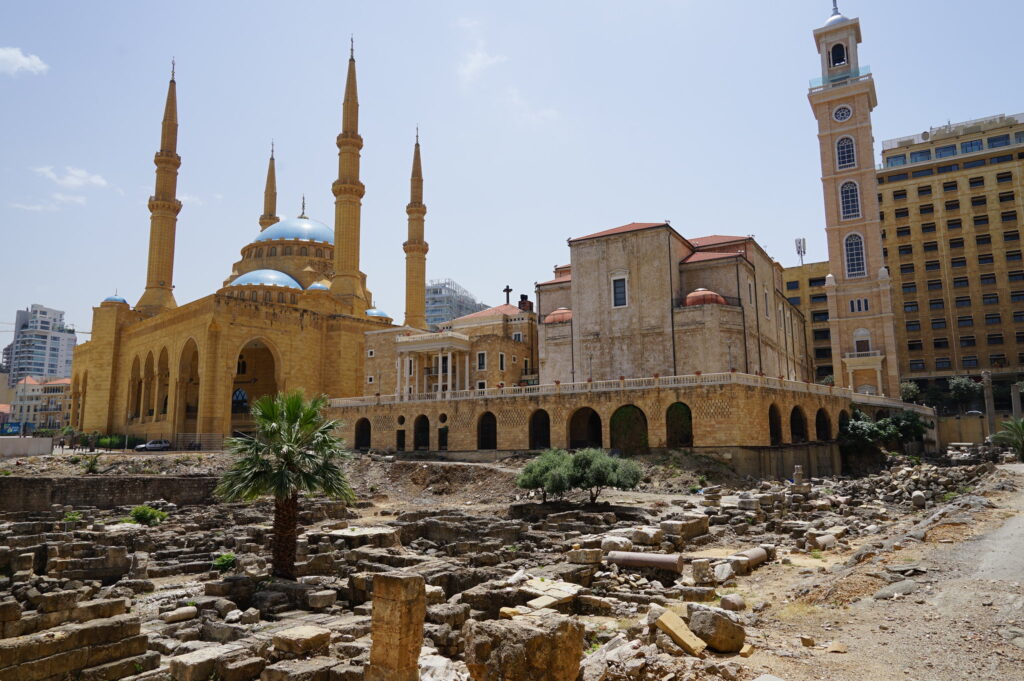
Fait 10 : les Libanais fument beaucoup
Le pays possède une culture tabagique notable, qui englobe à la fois les cigarettes et les pipes à eau traditionnelles (argileh ou shisha). Fumer est souvent une activité sociale, les cafés et les restaurants offrant des espaces où les gens se réunissent et fument ensemble.
Les raisons des taux élevés de tabagisme au Liban sont multiples et incluent les normes culturelles, l’acceptation sociale et les tendances historiques.

Publié Juin 30, 2024 • 10m à lire

